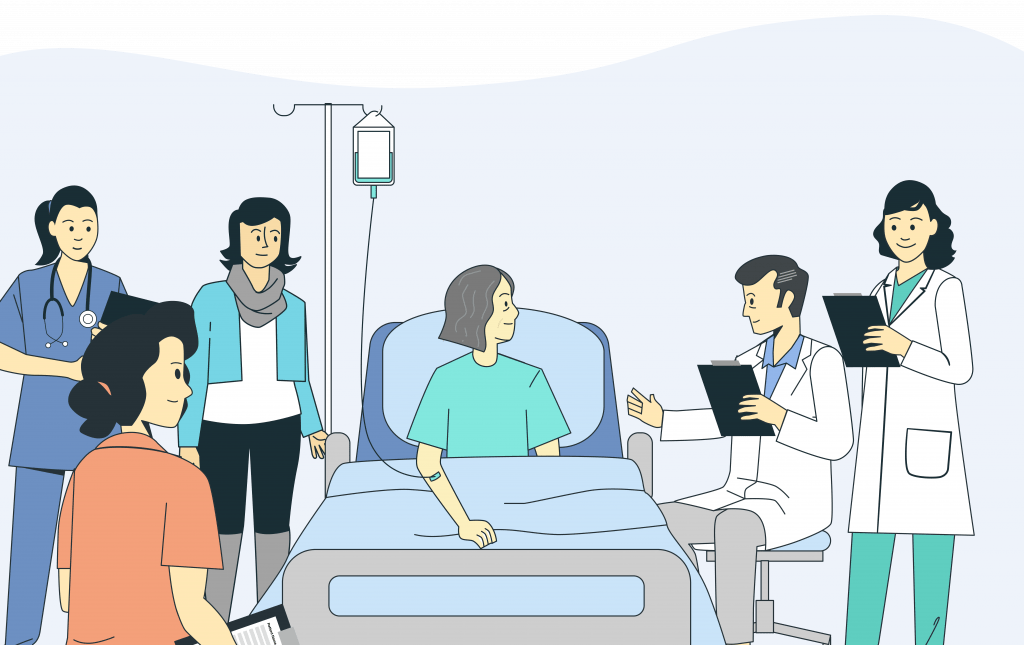
“I’ll miss things today that I could’ve noticed. And, yet, I’ll miss them.” Every day most of us carry a fear like this through the hospital. Whether we know it or not, most of us deal with it the same way: we standardize. The way we take a history. The way we examine patients. Even how we think about our patients and write our notes.
We standardize because deep down we know routine is our friend. Routines free us from having to focus on what to do next and the mechanics of how to do it. At a basic level we know when we do complex things the same way each time — when we standardize — it frees our attention, and our attention is what allows us to notice things: to notice what’s unique about this patient right now so we can apply our collective expertise to what’s really significant.
If standardization is so natural and important to us as individuals, is it valuable to standardize the way we communicate and function as teams? Of course it is.


Standardization allows for “dense, compact, encoding of complex ideas” with teams. It even lets us communicate by omission, sometimes the things we don’t say are even more powerful than what we do (Wears 2015). Imagine the efficiency of a rounding team that uses a standard communication protocol every time. When a team member omits an item from a standard communication protocol and couples the omission with a knowing look to other members, a team can transmit and receive volumes of pertinent information in an instant. In a cluster randomized controlled trial, medicine teams adopting a standardized patient-centered rounding model saved time, increased patient satisfaction with rounds, and increased patient perceptions that they were better cared for by their medicine team (Monash 2017).
What next?
Seeing is Believing
Knowledge is Power
The Wise Learn from the Wise
© 2024 • 1Unit • All rights Reserved.